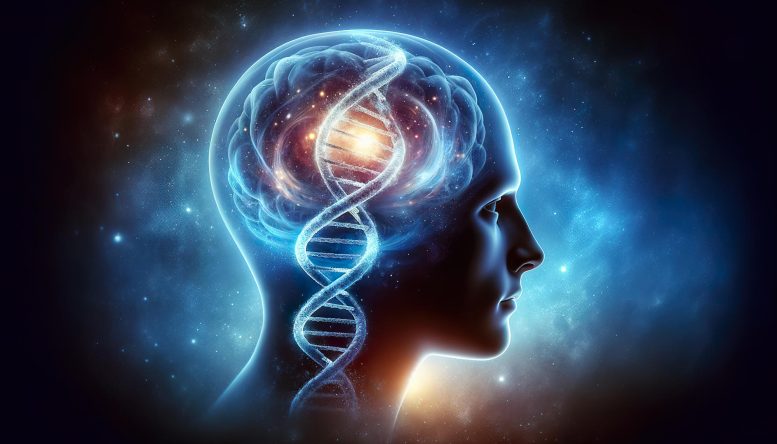Scientists Discover 30 Crucial Genomic Regions Revealing Mysteries of Human Head Shape

Scientists have pinpointed specific genes that shape the human head, which could enhance our knowledge of cranial development and disorders such as craniosynostosis. The credit for this information goes to SciTechDaily.com.
A team of researchers from the University of Pittsburgh and KU Leuven have found a set of genes that contribute to the formation of human head shape. Their study, published recently in Nature Communications, provides insight into the wide range of human head shapes and could also offer a greater understanding of the genetic factors that lead to conditions like craniosynostosis that affect skull formation.
The team carried out an analysis of the cranial vault, which is the upper part of the skull that houses the brain. Their analysis revealed 30 genetic regions connected to different head shapes, with 29 of these regions being newly acknowledged in this study.
Co-senior author Seth Weinberg, Ph.D., a professor of oral and craniofacial sciences at the Pitt School of Dental Medicine and co-director of the Center for Craniofacial and Dental Genetics, stated that scientists have long theorized about the genetics of cranial vault shape. Prior to this study little was known about the genetic basis for common features such as a long and narrow head as opposed to a short and broad head. This research has identified some key genes that influence variation in this region of the human anatomy.
The team suggests that a greater understanding of the variations in human head shape could inform paleoanthropology studies, offering insight into the early development of modern humans.
The researchers used MRI scans from over 6,000 adolescents in order to create 3D models of the cranial vault. They divided the 3D models into smaller anatomical subparts and analyzed the shape of these parts. They then tested more than 10 million genetic variants to find statistically significant connections with the shape of the vault.
Weinberg added that previous genetic studies of the cranial vault relied on a small range of relatively simple measurements, but their comprehensive and detailed 3D modeling approach increased their ability to find genetic associations.
The study revealed that many of the strong associations were near genes key to the early formation of the head and face and the regulation of bone development. For example, variants near the RUNX2 gene, crucial in directing the development of the skull, were associated with various facets of vault shape.
Some genes, such as RUNX2, had global effects on the entire vault, while others had more localized effects that only impacted specific parts of the vault like the forehead.
The researchers found that the 30 genomic regions linked with head shape were shared across participants of European, African, and Indigenous American ancestry.
Although the study included only healthy participants, according to Weinberg, the findings could provide significant insights into the biological basis of diseases involving the cranial vault.
Craniosynostosis is one such condition, which occurs when the skull bones fuse prematurely while the brain is still rapidly growing. Without neurosurgery, this can result in permanent disfiguration, brain damage, blindness or even death. The researchers found that variants near three genes associated with vault shape, BMP2, BBS9, and ZIC2, were also associated with craniosynostosis, indicating that these genes could be involved in the progression of the disease.
Weinberg stated that such a study was made possible due to publicly funded resources, and added that while the original study that produced the MRI scans was focused on understanding brain development and behaviour, their team has expanded the scope of discovery by repurposing these resources.




